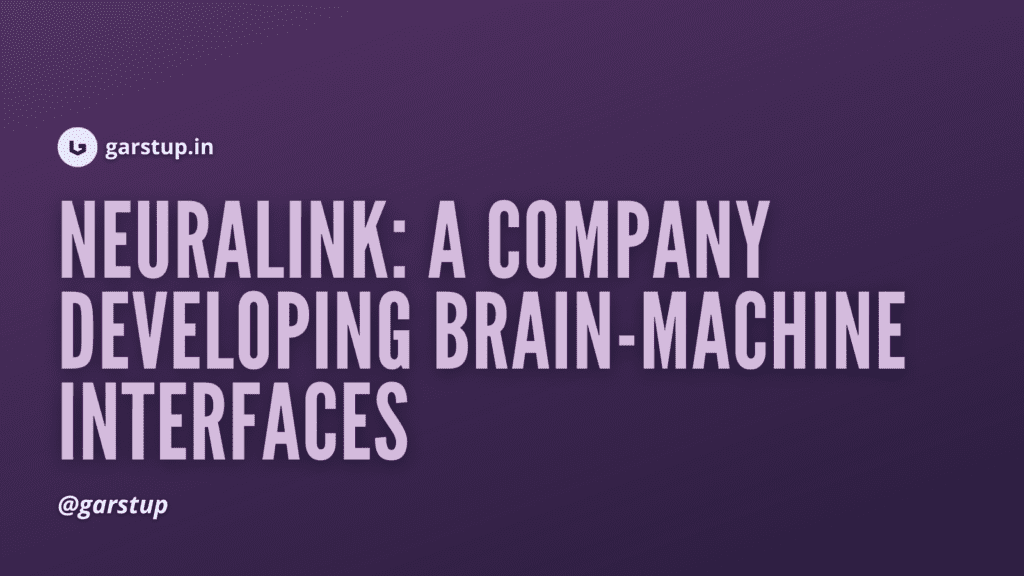Wireless Data Transmission Using Visible Light

LIFI, or Light Fidelity, is a wireless communication technology that uses visible light spectrum (visible light communication, VLC) to transmit data. It is a newer technology that aims to provide a higher speed, more secure, and more energy-efficient alternative to traditional WiFi technology, which uses radio frequency spectrum for data transmission.
LIFI technology utilizes the visible light spectrum, which is the part of the electromagnetic spectrum that is visible to the human eye. It uses a light emitting diode (LED) to transmit data by modulating the intensity of the light at a very high frequency. The data is received by a photodetector, which converts the received light into an electrical signal that can be processed by the device.
One of the main advantages of LIFI technology is its high speed. It can provide data transfer speeds of up to 224 Gbps, which is significantly higher than traditional WiFi speeds of around 11 Gbps. LIFI technology also has a larger bandwidth, which means it can transmit more data at once.
Another advantage of LIFI technology is its security. Because it uses visible light, it can only be transmitted and received within the line of sight, making it less susceptible to interception or interference from other devices. Additionally, LIFI technology can operate in a frequency-hopping mode, which makes it harder for hackers to intercept the data.
LIFI technology is also more energy-efficient than traditional WiFi technology. It requires less power to transmit data, and the LED bulbs used for LIFI transmission can last up to 100,000 hours, making it a more sustainable option for data transmission.
Some potential applications for LIFI technology include indoor and outdoor wireless communication, internet of things (IoT) devices, and industrial automation. However, it is still a relatively new technology, and more research and development is needed before it becomes widely adopted.





Responses